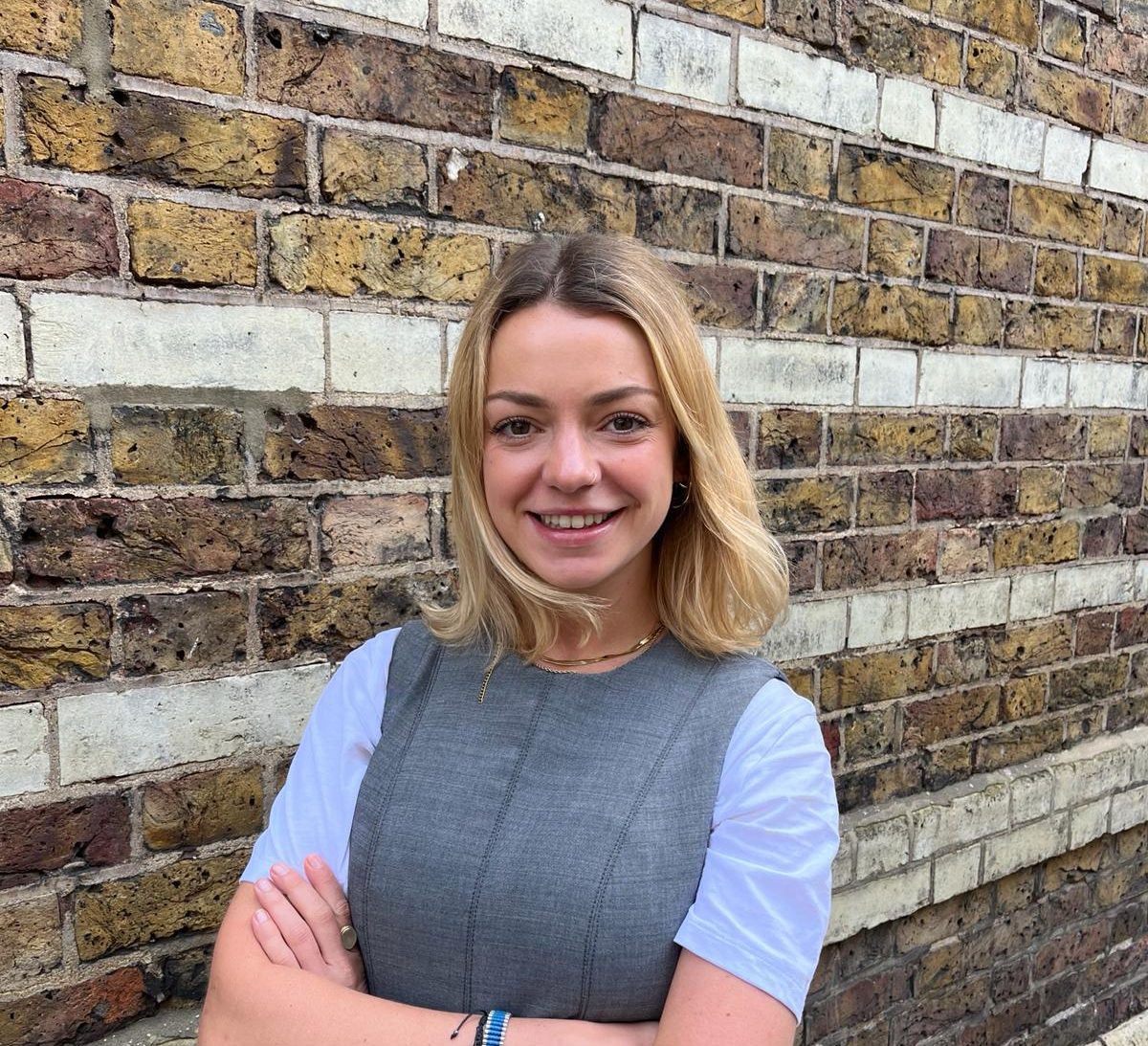Bromley-by-Bow: what we learnt

Researcher
The Government have promised to “fix the foundations” of the NHS: supported by decisively shifting care out of hospitals and into communities. At the core of this vision is a new NHS — a ‘Neighbourhood Health Service’ — rooted in local communities, and able to offer accessible, proactive, and citizen-centred care.
Tomorrow Re:State will be publishing a paper which proposes a core set of principles to guide policymakers in designing neighbourhood health services ahead of the 10 Year Plan. As part of our research for the project, we visited the Bromley-by-Bow Centre and spoke to one of its GPs, Professor Sir Sam Everington OBE.
The Centre was established in 1984 and is seen as a pioneer in community development and the integration of healthcare with other local services. It was founded to tackle systemic health inequalities and empower local residents in one of the UK's most deprived areas. Over the years, the Centre has become a model for holistic support, blending medical care with creative, educational and employment programs.
The Centre supports nearly 5,000 individuals each year. Since its founding, it has facilitated access to £3.4 million in income for community organisations and helped to launch 18 new local social businesses.
Here are some practical observations from our visit:
Whole-team working
- Everyone working at the Centre is recognised as belonging to a cohesive clinical team. This included receptionists, link workers, and social prescribers — all of whom work together to provide holistic, continuous support, helping people with issues ranging from how to pay their bills to managing diabetes. For example, the café in the Centre is run by mental health staff who can sit and talk with individuals in a safe, inclusive space. This model, Sam told us, has helped to reduce internal admissions by nearly 70 per cent.
Support for experimentation
- The Centre provides monetary and personal support to allow individuals to try out different ideas in a sustainable way. For instance, when a user of the Centre wanted to set up a project to develop and make best use of the community garden, staff went out of their way to help facilitate this. This mindset extends to the social enterprises set up through the Centre, which are much more likely to still be active after five years than the average community businesses.
Creating spaces people want to be in
- The Centre embodies the principle of treating health creation as a holistic endeavour. It utilises a wide range of assets to do this. For instance, we toured a Church, embedded in the health centre and Sam showed us how it is used for a range of multi-faith activities. It also has easily moveable pews, which can be set aside to use the space in different ways. The Church was decorated with stained glass windows produced by the art director of the Centre, and had other artwork, a mini library, social spaces and houseplants throughout, so, Sam told us, it “doesn’t look like other GP clinics” and people are as comfortable as possible when they visit.
Many thanks to Sam and the team at the Centre for a very informative visit. Our latest report, Designing a Neighbourhood Health Service, will be published tomorrow.
